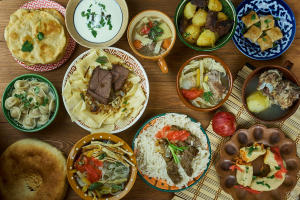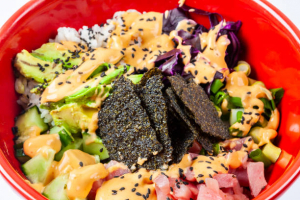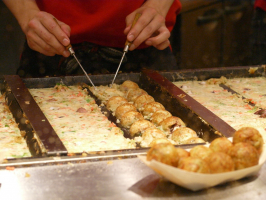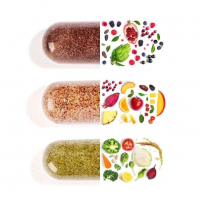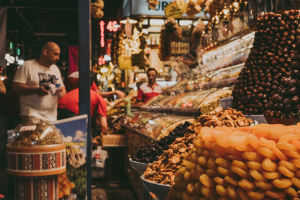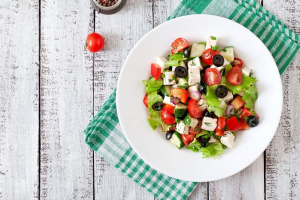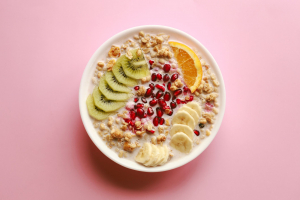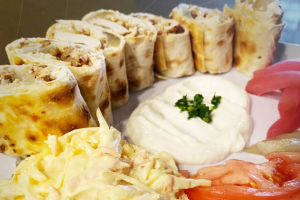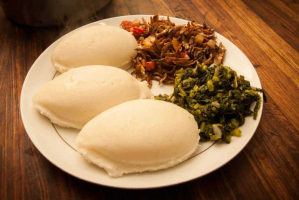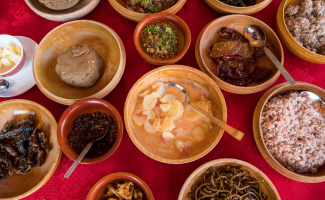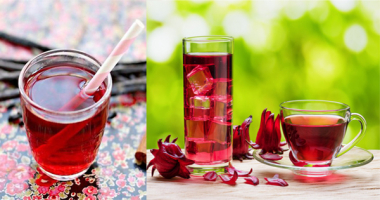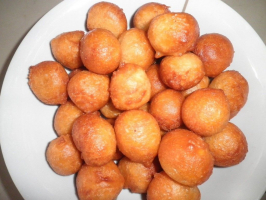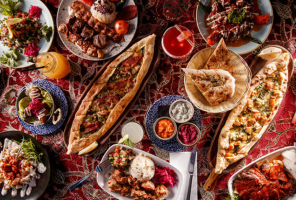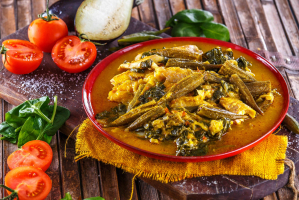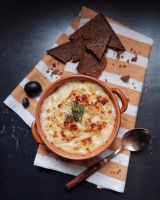Top 10 Best Tunisian Foods
Tunisian cuisine is best described as a fusion of Mediterranean and native Punic-Berber cuisines. Tunisian cuisine, like that of many other Mediterranean ... read more...countries, is heavily based on seafood, meat, olive oil, tomatoes, and a variety of spices such as cumin, caraway, coriander, and paprika. If you're planning a trip to Tunisia and want to get a taste of the local cuisine, Toplist hopes our list of the Top 10 greatest Tunisian cuisines will point you in the right direction.
-
Couscous, the national dish of Morocco and Algeria, is a must-have dish in any Moroccan or Algerian restaurant. It consists of numerous tiny, light, tender grains arranged in a pyramid and served on a platter at the end of a meal. The name refers to both the entire dish and the tiny grains of semolina.
Water is sprinkled on semolina flour until it forms tiny pellets, which are then pushed through a sieve. Couscous is typically prepared on Fridays for lunch, when entire families gather for the week's most important meal. The dish is traditionally made in a couscoussier, a metal steamer pot with a perforated basket on top, where the stew is on the bottom and the small grains are cooking in the steam rising from the rich stew.
Couscous dishes are rarely vegetarian, despite the fact that they are frequently loaded with vegetables. Couscous with seven vegetables and couscous with raisins and caramelized onions are two classics, but there are many more variations, including spicy with chili peppers, sweet with chickpeas, lamb, and raisins, Berber-style with chicken, milk, and turnips, and fish couscous with fish, fennel stalks, and wild turnips.
There's even a dessert couscous dish made with butter and cinnamon and sugar. After the couscous has been served, it is topped with meat or fish and vegetables, and the broth from the same stew is served on the side for those who want to ladle some on top of the grains.
However, it is not the main course, as it is served at the end of a long series of courses to completely satisfy the consumer, as the popular Arabian hospitality saying goes - "No guest should go home hungry."
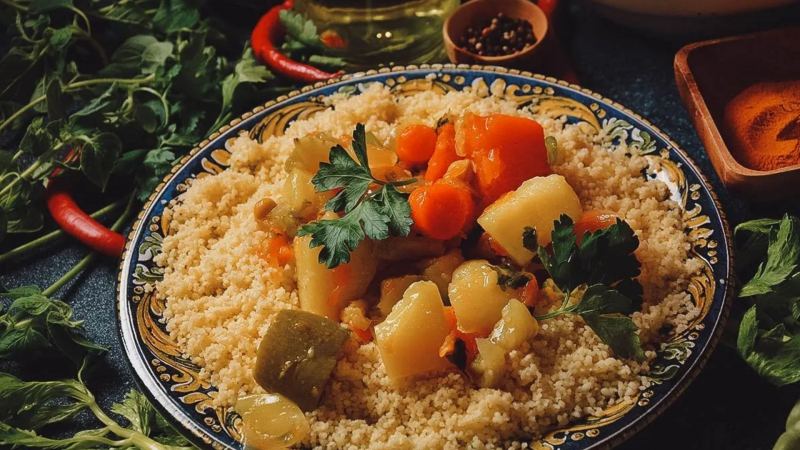
Photo: Nataly1973 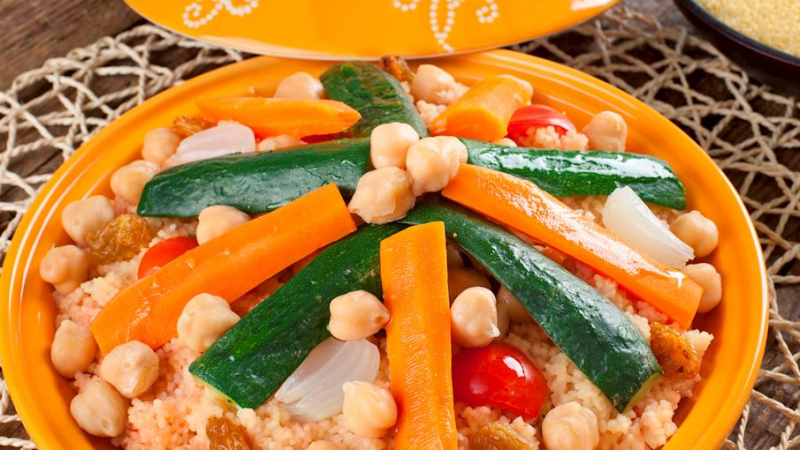
Photo: SHUTTERSTOCK -
Tunisian brik is a popular dish that consists of flaky dough stuffed with a variety of savory ingredients. Brik is traditionally made with malsouqa dough, but phyllo pastry, which is more widely available, is frequently used as a substitute. Brik is typically made with laminated pastry layers to achieve a crunchy, layered texture.
Stuffing is stuffed into the pockets, which are then skillfully folded before being fried in deep oil or baked in an oven. The most common filling is tuna, which is seasoned with traditional North African spices like cilantro, chilis, pepper, or coriander seeds.
A raw egg is frequently placed on top of the tuna filling before the pastry is carefully folded, allowing the egg to partially cook inside the flaky pastry. Other filling options include minced meat, anchovies, chicken, and a variety of vegetables. Lemon wedges are a traditional accompaniment to a plate of hot briks because it is usually deep-fried.
The pastry is drizzled with lemon juice, which adds a needed freshness to the dish. According to Tunisian wedding tradition, the potential future husband is served an egg brik and is expected to eat it without dripping in order to marry the bride.
Brik is commonly served as a Ramadan meal, but it is also eaten throughout the year. Brik is always served hot and fresh.
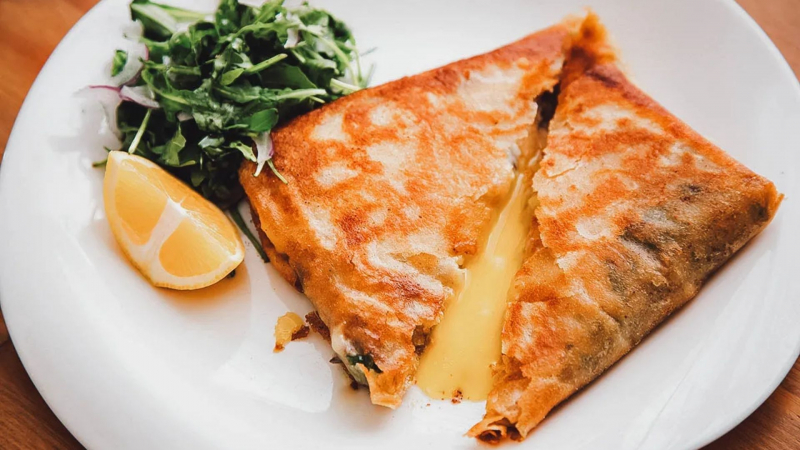
Photo: kopachinsky 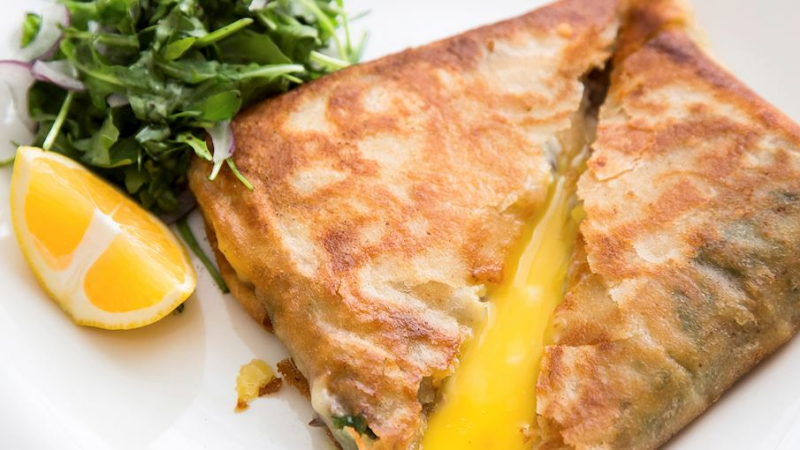
Photo: SHUTTERSTOCK -
Shakshouka is a delectable combination of poached eggs in a spicy tomato sauce. Despite its unusual name, the dish is straightforward and simple to prepare. It is typically prepared in a skillet by cooking onions, tomatoes, and spices until they form a delicious tomato sauce.
The eggs are then poached in the tomato sauce until they are done. Merguez sausage can be added to the dish as well. Shakshouka is thought to have originated in Tunisia, but the dish is well-known and popular throughout North Africa and the Middle East.
Almost every region has developed its own version of shakshouka: in Egypt, eggs are typically scrambled and served in a sandwich, whereas in Israel, it is frequently served with salty feta cheese on top. The sauce and eggs' consistency are also variable; the sauce can be thinner or thicker, and the eggs can be completely firm or soft.
Meat, most commonly sausages, can be added to the dish for a more nutritious meal. Shakshouka can be served at any time of day and is typically served warm or sizzling hot with bread on the side. The dish has recently gained popularity in both Europe and North America due to its low cost, simplicity, and ease of preparation.
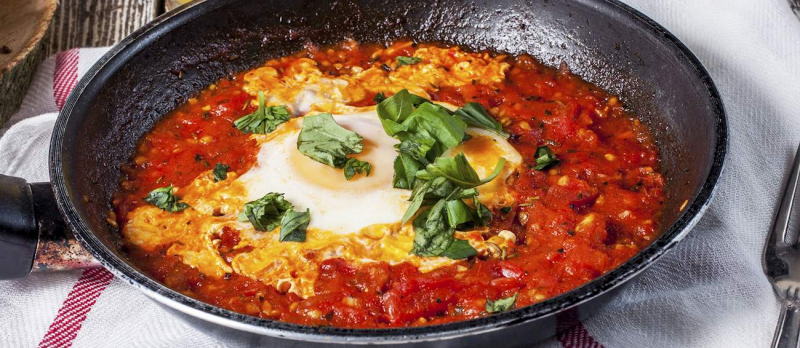
Photo: SHUTTERSTOCK 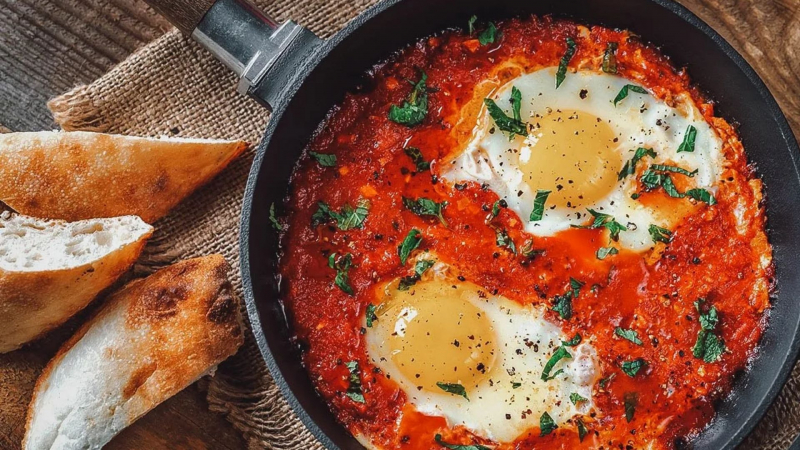
Photo: alex9500 -
This "red" salad is very traditional, and it was the first Tunisian dish that tempted me when I arrived. It's available in most restaurants and coffee shops.
Tunisian salad made with grilled, coarsely chopped onions, peppers, tomatoes, and garlic drizzled with olive oil and seasoned with caraway, salt, and black pepper. The salad is usually topped with hard-boiled eggs, olives, or tuna.
Because it can be spicy, it's best to ask first. The salad can be served on its own, but it's also great with slices of toasted bread or baguette. It can also be served mild or hot, and sometimes as part of a dish with grilled fish or lamb. It is quite common in Tunisia as part of a mixed appetizer menu in traditional restaurants.
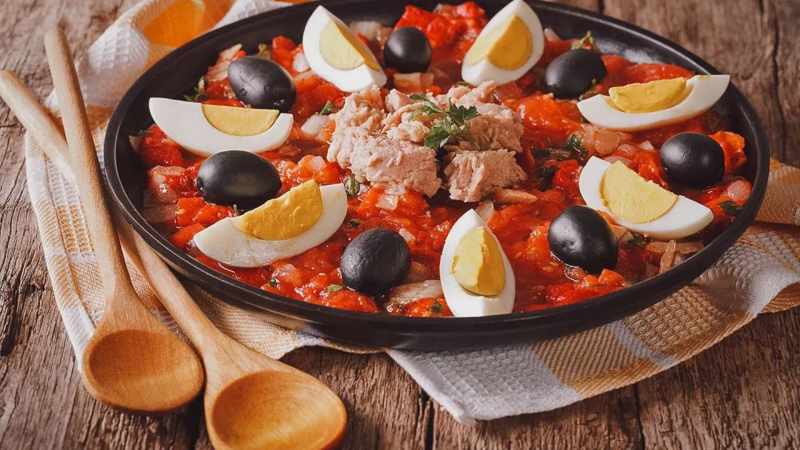
Photo: lenyvavsha 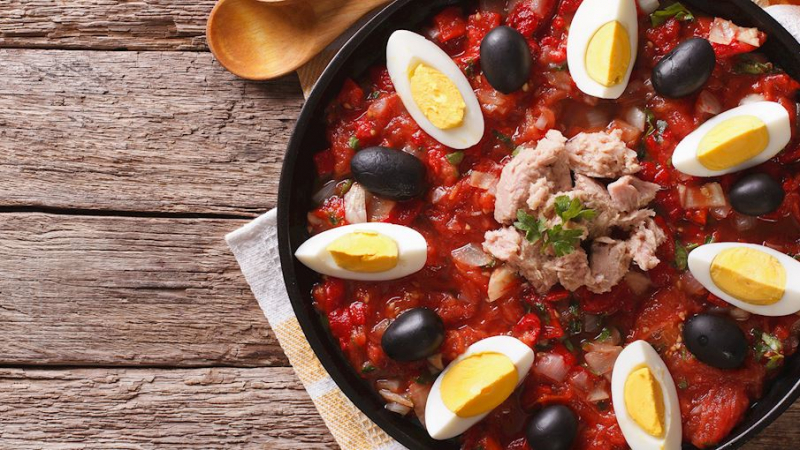
Photo: SHUTTERSTOCK -
Harissa is a Tunisian spicy paste with a long history. The main ingredient in this spicy paste is roasted red peppers, which are combined with olive oil and spices and herbs such as cumin, coriander, caraway, and garlic. There are so many harissa variations that there is no single recipe, and each family has their own version.
Some people like to mix in lemon juice or fermented onions. Traditionally, the condiment is served with sandwiches or couscous and meats such as beef, poultry, lamb, and goat. Soups and stews can also benefit from the addition of harissa. Most restaurants serve it as a snack with bread and olive oil, which is a very tasty combination.
Harissa is a traditional Tunisian product that is ideal for a gift or souvenir. It's available everywhere, from supermarkets to gift shops, and even at the airport.
Furthermore, Harissa is becoming popular in various parts of the world. It is widely used in dishes and meals in the United Kingdom (for instance, M&S offers fish and meat with this paste). We had poached eggs for breakfast last week.
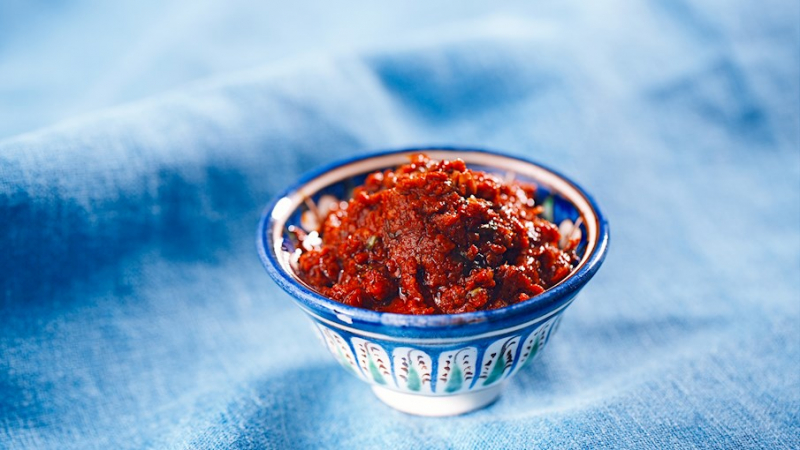
Photo: SHUTTERSTOCK 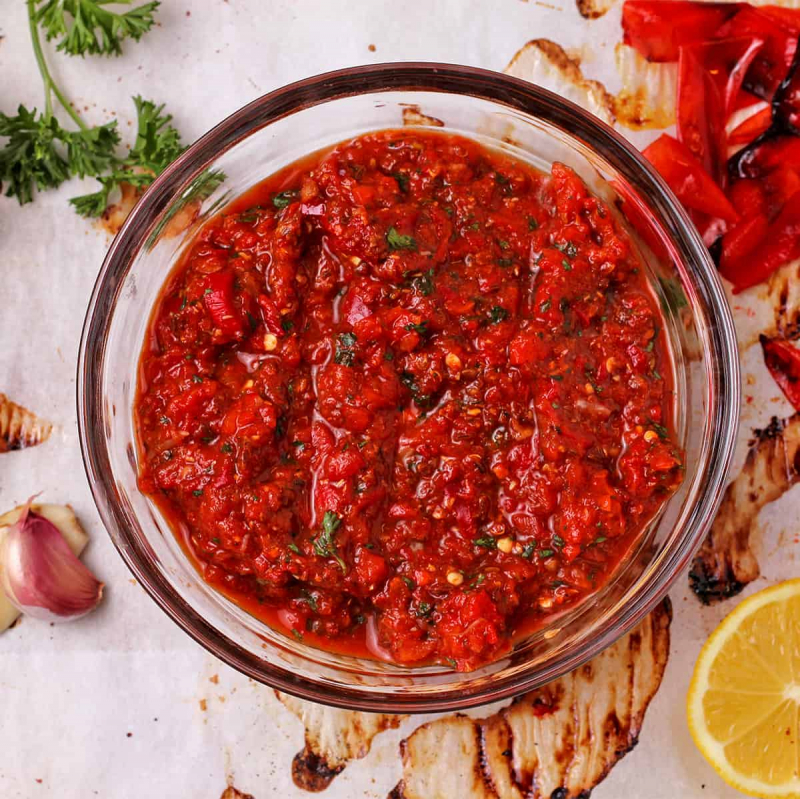
Photo: anothermusicinadifferentkitchen.com -
Merguez is a spicy mutton or beef-based sausage that is popular in Maghrebi cuisine. It consists of uncooked lamb or beef (or both) flavored with a variety of spices such as cumin, harissa, chili pepper, sumac, fennel, and garlic and is popular in Tunisia, Morocco, and Algeria. The heavily seasoned meat mixture is usually stuffed into a lamb intestine casing and grilled.
Fricassee is a traditional Tunisian sandwich that is flavorful but also high in calories. This sandwich can be made at home, but it is especially popular at fast food restaurants and sandwich shops.
Merguez can be eaten on its own or as an ingredient in Tunisian dishes such as mloukhia and ojja. Mloukhia is a Tunisian beef or lamb stew, and ojja is a chakchouka variation made with merguez sausages.
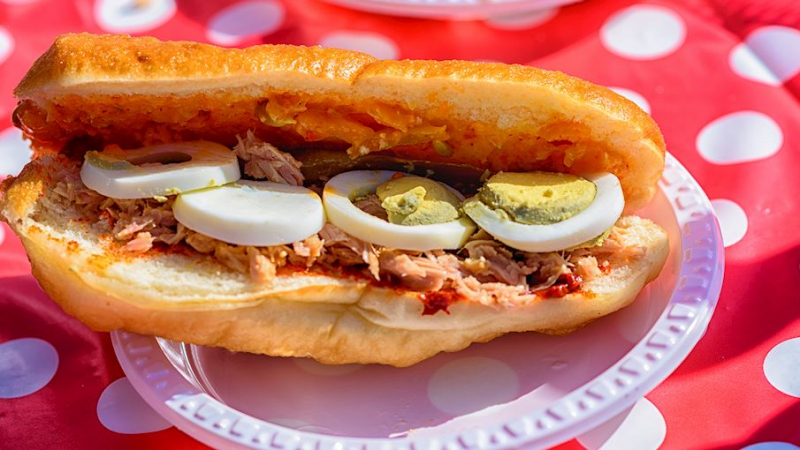
Photo: SHUTTERSTOCK 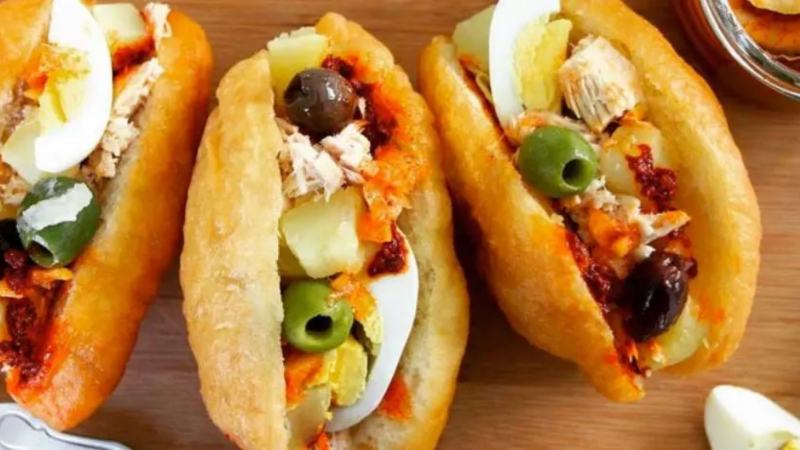
Photo: https://www.afooda.com -
Although lablabi is a popular Tunisian breakfast dish, the recipe is Ottoman in origin. Many historians believe that this delectable dish originated in Turkey. Many people believe that lababe is a Turkish dish that originated during the Ottoman Empire's rule of Tunisia and was the official meal of the Ottoman army. Some people prefer spicy lababe with paprika and harissa, while others prefer only nutrients like eggs, olive oil, and tuna, while still others prefer lababe with just a little olive oil.
Tunisian chickpea soup is a true working-class staple: it's cheap, quick to make, filling, and widely available in low-cost restaurants. Lablabi is a hot and spicy dish that is also very greasy and heavy. It is typically flavored with garlic, cumin, and harissa.
It is traditionally served ladled over chunks of stale crusty bread, drizzled with olive oil, and occasionally with vinegar, lemon, or lime juice, and frequently garnished with cilantro, parsley, and scallions. Lablabi with capers, olives, pickled vegetables, and tuna is a special version, while hergma is made with cow's hooves.
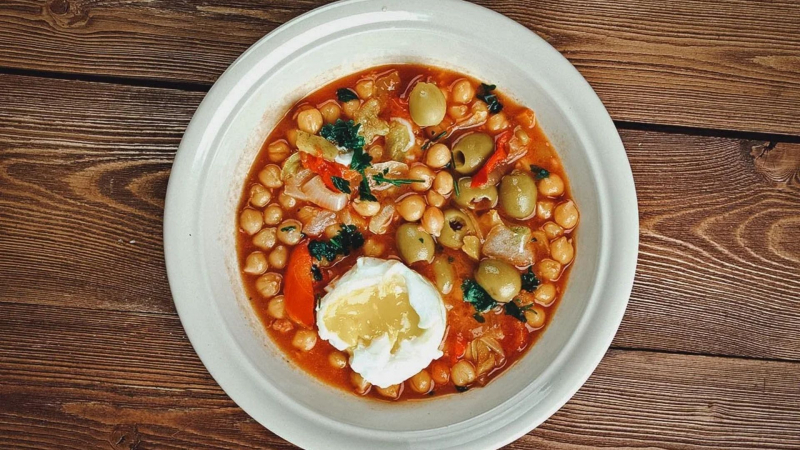
Photo: fanfon 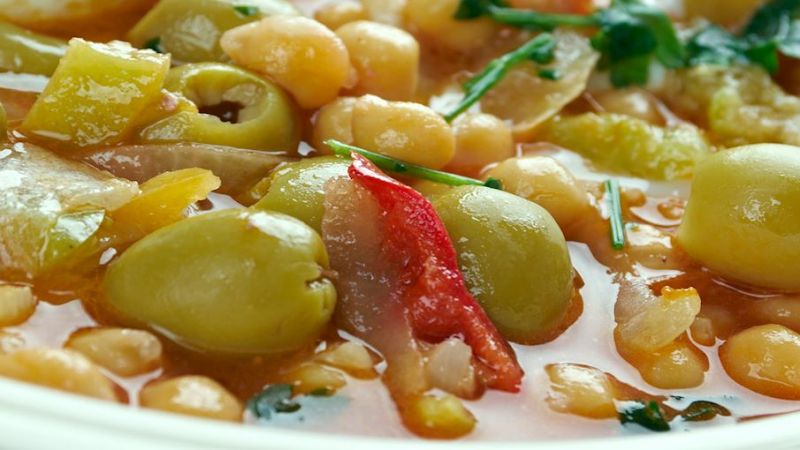
Photo: SHUTTERSTOCK -
Kafteji is a Tunisian dish that consists of fried vegetables. Eggplants, bell peppers, potatoes, tomatoes, zucchinis, and pumpkins are common vegetables used in the dish. The vegetables are fried and chopped before being combined with (often fried) eggs and seasonings.
The dish is frequently topped with parsley or coriander and served as a side dish to poultry or fish, though it can be eaten on its own. Kafteji is another popular Tunisian street food that is frequently served in a baguette.
If you plan a trip to Tunisia in the future, try this dish at least once. Your trip will not be complete without trying this dish. Many visitors are surprised by its unique taste and say that they had a good experience with it.
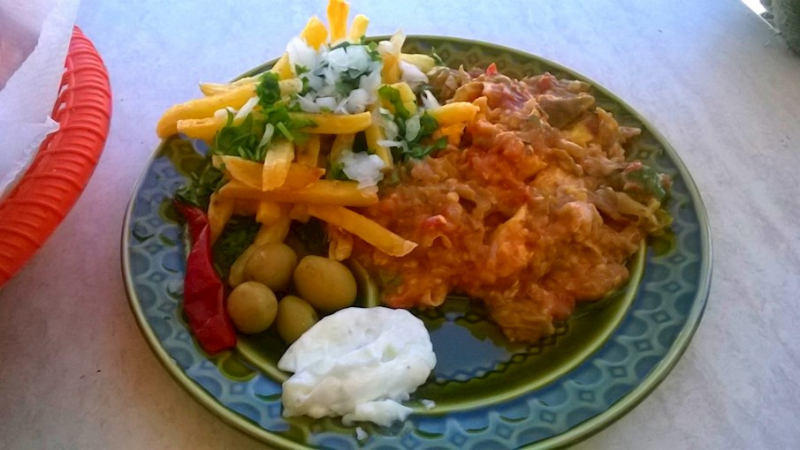
Photo: SAMI MLOUHI 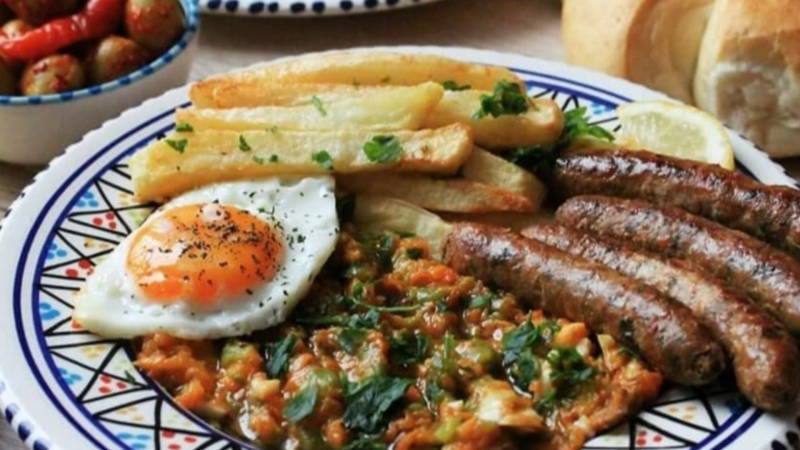
Photo: The University of Iowa -
These delicious fried dough rings are a popular snack in many countries, including Tunisia. Bambalouni is the Tunisian equivalent of the American doughnut. It's made with flour dough that's deep-fried in hot oil and can be eaten at any time of day, with a sprinkling of sugar or soaked in honey.
These Tunisian doughnuts, which are available at fast food restaurants and street food vendors across the country, are best when served hot and paired with coffee.
Bambalouni are Tunisian doughnuts that are particularly popular in the village of Sidi Bou Said. Flour, hot water, yeast, and salt are used to make them. After preparing the dough, it is fried in hot oil until golden brown, and the doughnuts are then topped with sugar.
It is recommended that bambalouni be served with coffee, either for breakfast or as a snack at the end of the day.
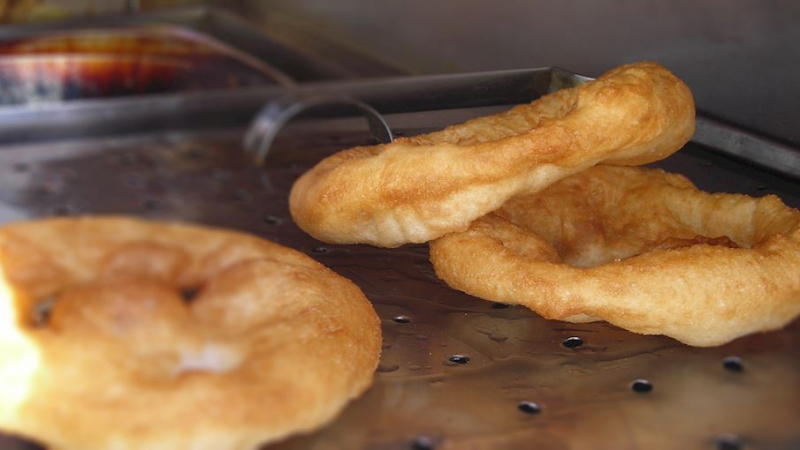
Photo: YAMEN (CC BY-SA 3.0) 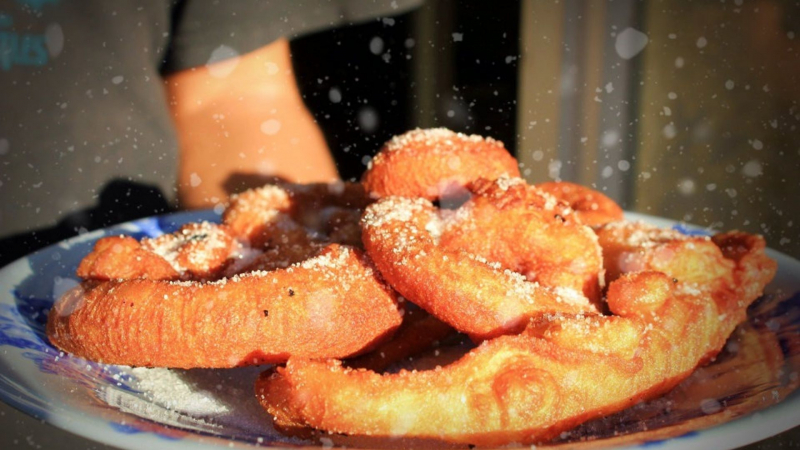
Photo: Medium -
Msemen is a Moroccan flatbread made with flour, semolina, sugar, salt, yeast, warm water, oil, and clarified butter. The dough is kneaded until smooth, and then pieces are flattened and shaped into squares.
After folding and shaping the dough, it is cooked on a griddle or fried in a pan until it is crispy on the outside and chewy on the inside. Although msemen is traditionally served alone with coffee or tea, it can also be stuffed with a variety of meats and vegetables.
In Tunisia, flatbread is frequently made with semolina flour and without yeast. If you plan a trip to Tunisia in the future, try this dish at least once. Your trip will not be complete without trying this dish. Many visitors are surprised by its unique taste and say that they had a good experience with it.
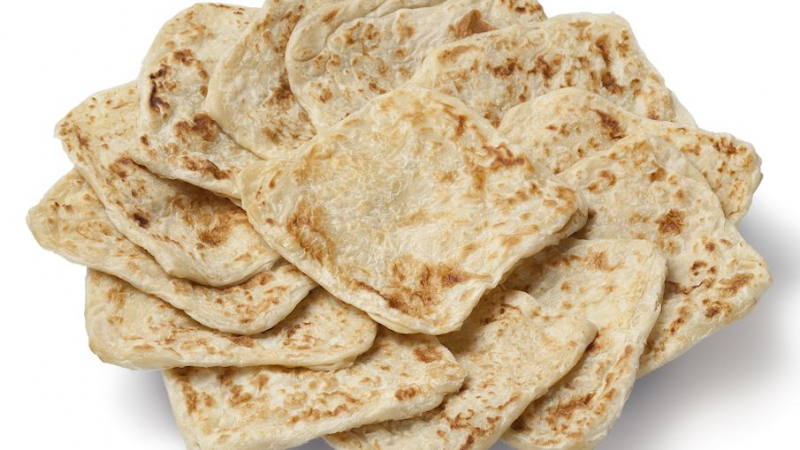
Photo: SHUTTERSTOCK 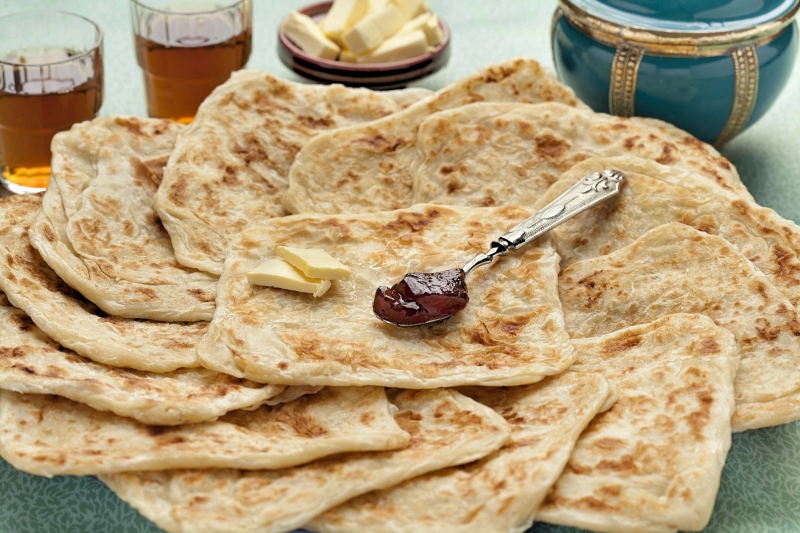
Photo: Taste of Maroc













